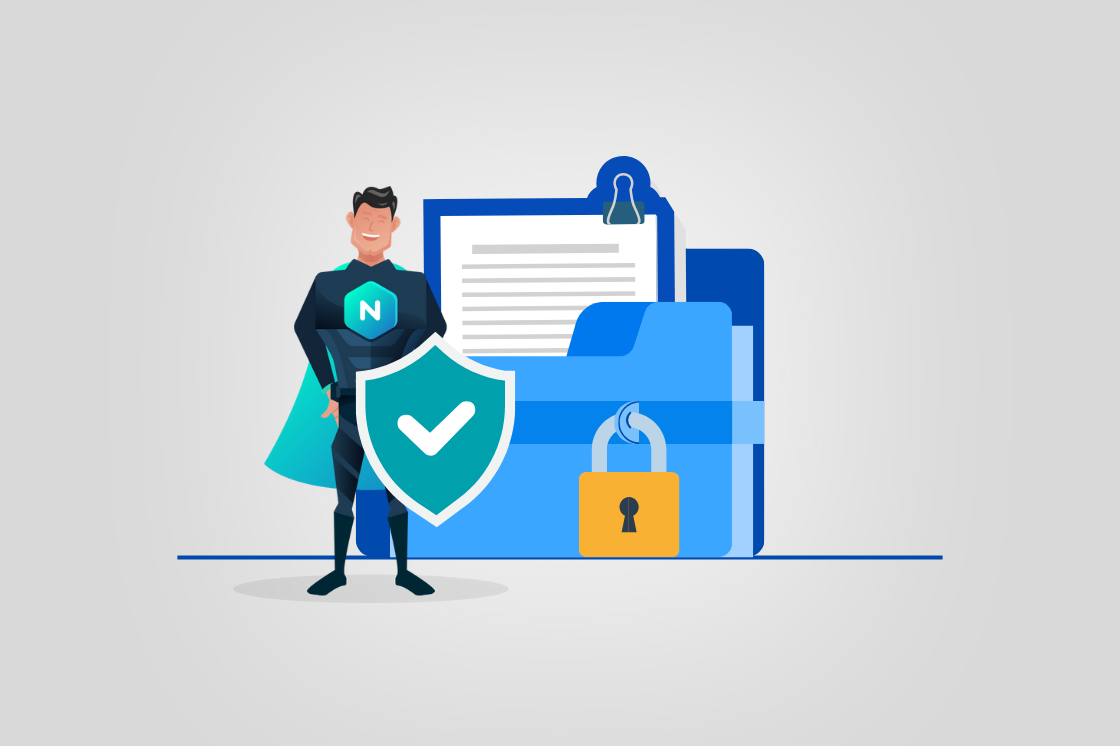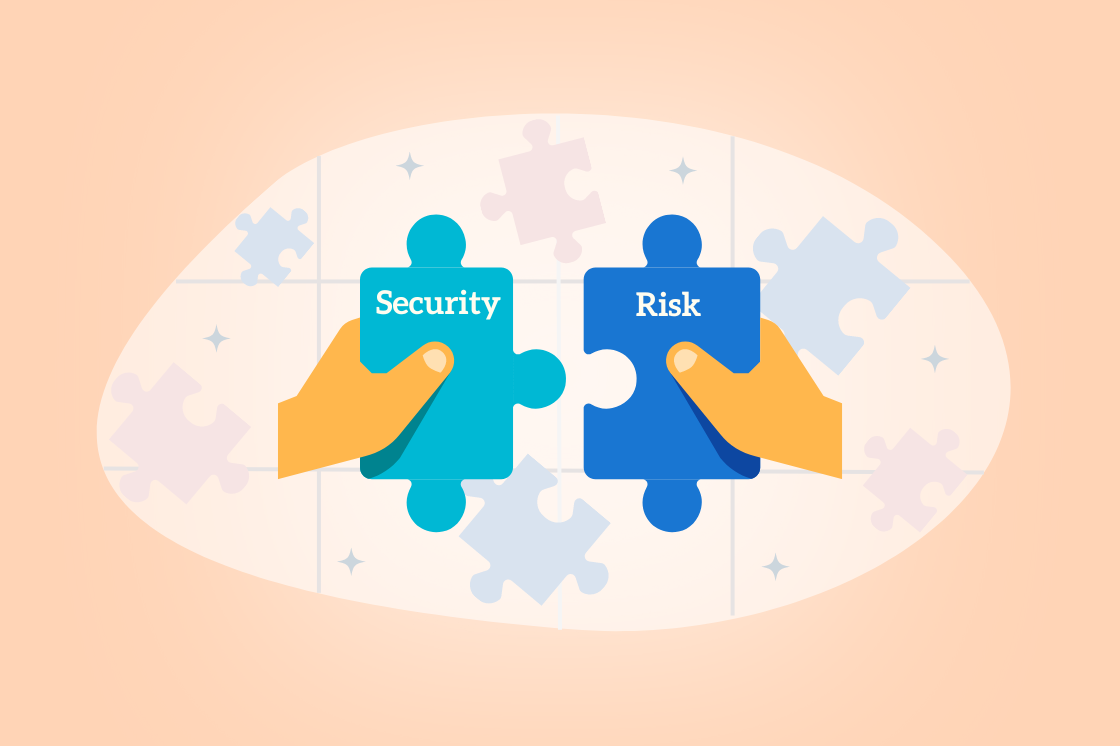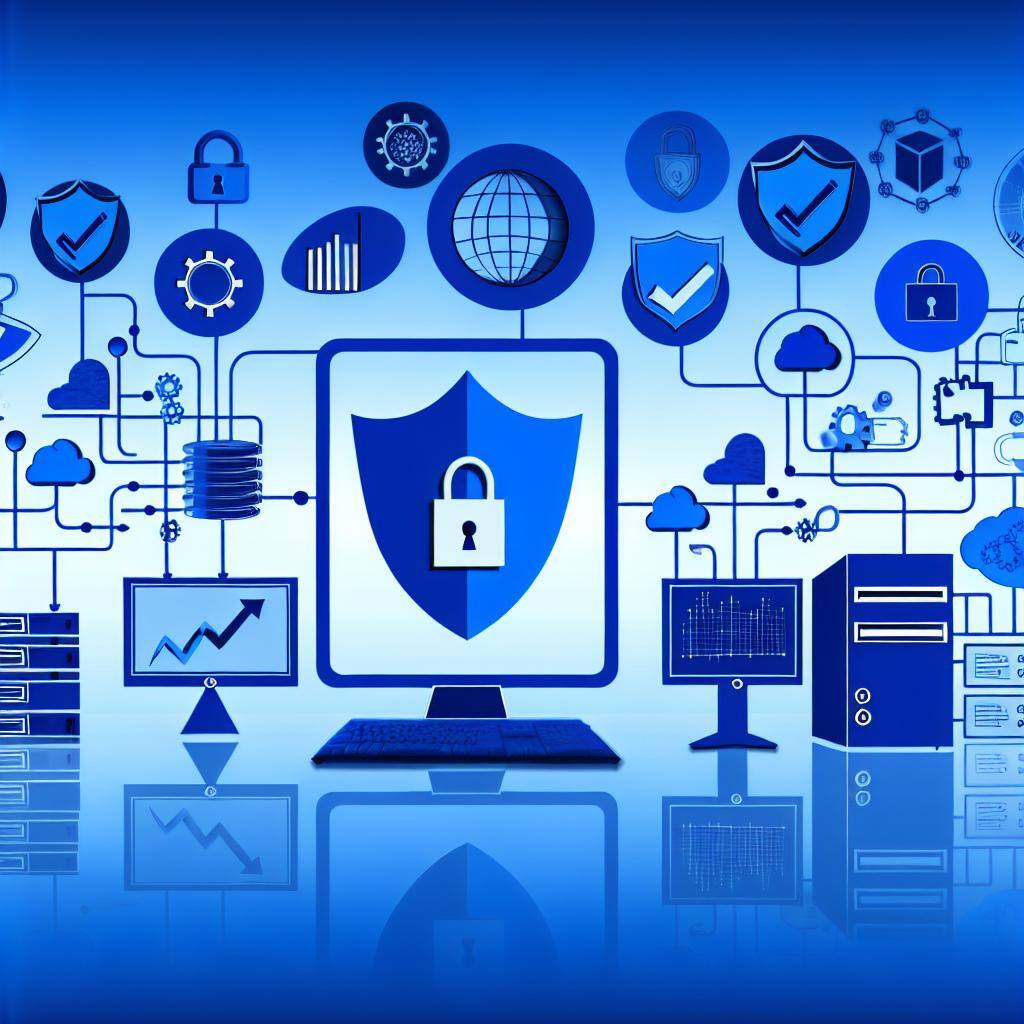The Human Factors in Cyber Security: Strategies for Effective Defense
We all know the type: too busy for security awareness training, avoids antivirus software because it slows down their machine, or uses public file share sites for convenience. They're a rockstar employee, so we hesitate to push too hard. However, ignoring these behaviors can lead to significant cybersecurity risks.
So, how serious could it be to overlook one star employee’s actions?
Take the case of the US Department of Justice suing an American university for not meeting security standards required for Department of Defense contracts.
The lawsuit claims that a particular department failed to create and follow a proper security plan. They didn’t install or update antivirus and malware software, and they submitted a false cybersecurity score to the Department of Defense just to please the researchers in charge.
The lawsuit also points out a university culture where cybersecurity rules were not enforced. One employee noted that they felt, “somebody up the line is going to overturn me… so I might as well ignore the policy.”
Former employees suggested that senior leaders gave in to these researchers’ demands to avoid compliance because of the significant funding they received from government contracts.
Now, the university is facing a lawsuit, reputational damage, and the risk of losing valuable government contracts.
Plus, what if their actions had led to a ransomware attack or the loss of sensitive data to bad actors or foreign governments? Thankfully, that wasn’t claimed to have happened.
This situation shows the serious consequences organizations can face when they neglect cybersecurity protocols and the cybersecurity risks that can arise from such negligence.
Exploring the Human Factors in Cyber Security
The human factor is a critical component of cybersecurity, as it involves the actions and behaviors of individuals within an organization that can impact the security of digital systems, networks, and data.
Human factors in cybersecurity refer to the psychological, social, and organizational aspects that influence how people interact with technology and make decisions that affect security. Understanding human factors is essential for developing effective cybersecurity strategies that address the root causes of security incidents and breaches.
By recognizing the human element in cybersecurity, organizations can better anticipate potential vulnerabilities and implement measures to mitigate them.
This includes not only technical solutions but also fostering a culture of security awareness and responsibility among all employees.
When individuals understand the impact of their actions on the organization’s security posture, they are more likely to adhere to best practices and contribute to a safer digital environment.
There are numerous human factors that play a critical role in the area of IT Security Management, each contributing to the organizations cyber resilience.
Understanding these factors is essential to developing strategies to mitigate risk and enhance protection from cyber threats.
Here is our list of the Top 5 Human Factors that significantly impact cyber security:
Security Awareness and Training:
Effective training programs are essential for educating employees about cybersecurity threats and best practices.
These programs should be comprehensive and ongoing, covering a wide range of topics from the basics of identifying phishing attempts to more advanced concepts like recognizing sophisticated social engineering tactics.
Awareness helps individuals recognize phishing attacks, understand the importance of strong passwords, and know how to respond to potential security incidents.
Additionally, training should include hands-on exercises and simulations to reinforce learning and ensure that employees can apply their knowledge in real-world scenarios.
Regular updates and refresher courses are also crucial to keep everyone informed about the latest threats and evolving best practices.
By investing in robust training programs, organizations can significantly reduce the risk of human error and enhance their overall cybersecurity posture.
Human Error:
Human errors, such as misconfiguring security settings, falling for phishing scams, or neglecting to apply updates, can create significant vulnerabilities and lead to a security incident within an organization's cybersecurity framework.
These errors often stem from a lack of proper training, insufficient awareness of current threats, or simply the complexity of the systems in use.
Additionally, workplace stress and heavy workloads can exacerbate these issues, leading to oversight or negligence in following proper security protocols. Employees under pressure may rush through tasks, overlook critical security steps, or fail to recognize suspicious activities.
Understanding and addressing these factors is crucial for strengthening an organization’s security posture. This involves not only providing comprehensive training and resources but also fostering a supportive work environment that prioritizes mental well-being and manageable workloads.
By doing so, organizations can reduce the likelihood of human error and enhance their overall resilience against cyber threats.
Cognitive Biases
Psychological biases that affect decision-making, such as overconfidence in one’s ability to recognize threats or underestimating the risk of cyberattacks, can significantly undermine an organization's cybersecurity efforts.
This ties directly back to the aforementioned lawsuit where the researchers felt they should be excused from security plans, policies and tools.
Overconfidence may lead employees to believe they are immune to phishing attempts or other forms of cyber deception, causing them to lower their guard and become more susceptible to attacks.
Similarly, underestimating the risk of cyberattacks can result in a lack of urgency in implementing necessary security measures, leaving the organization vulnerable to breaches.
This may be due to a phenomenon we call The Illusion of Security, which is the misplaced confidence derived from the over reliance on tools and technology to safeguard IT infrastructure.
These cognitive biases can create blind spots in an organization's security posture, making it crucial to address them through targeted training and awareness programs that emphasize the importance of vigilance and realistic threat assessment.
By understanding and mitigating these biases, organizations can foster a more security-conscious workforce that is better equipped to recognize and respond to potential cyber threats.
Organizational Culture:
The attitudes and values regarding cybersecurity within an organization greatly influence employee behavior.
When an organization prioritizes cybersecurity and integrates it into its core values, it sets a tone that resonates throughout the entire workforce.
A strong security culture encourages proactive security practices, where employees are not only aware of potential threats but are also motivated to take preventive measures.
Security teams play a pivotal role in fostering this culture by training and supporting employees, ensuring they are well-equipped to handle cyberthreats.
This culture fosters diligence, ensuring that employees remain vigilant and consistently adhere to security protocols. Moreover, it instills the belief that everyone, regardless of their role or position, plays a crucial part in maintaining the organization's security.
This collective responsibility creates a unified front against cyber threats, where employees feel empowered and accountable for protecting sensitive information and systems.
By embedding cybersecurity into the organizational ethos, companies can cultivate a more resilient and security-conscious workforce.
Enforcement of Security Policies and Communication:
Effective enforcement of security policies by security teams is crucial for ensuring compliance among employees and protecting sensitive company data.
This includes regular monitoring of activities to detect any deviations from established protocols, implementing accountability measures to ensure that individuals are held responsible for their actions, and establishing clear consequences for non-compliance to deter potential violations.
Regular audits and assessments can help identify areas of weakness and ensure that policies are being followed consistently across the organization.
Additionally, fostering open communication channels for reporting security incidents or vulnerabilities without fear of retribution is essential.
This encourages employees to come forward with any concerns or observations, knowing that their input will be valued and acted upon.
Creating a culture where employees feel safe to report issues promotes a collective commitment to cybersecurity, enabling a proactive response to potential threats.
Regular feedback sessions, anonymous reporting options, and a transparent process for addressing reported issues can further enhance this environment, ensuring that the organization remains vigilant and responsive to emerging security challenges.
Understanding Human Risk in Cybersecurity
Human risk is a significant threat to an organization’s cybersecurity, as it involves the potential for human error, negligence, or malicious behavior to compromise security.
Human risk can arise from various sources, including employees, contractors, and third-party vendors. To mitigate human risk, organizations must implement robust security measures, provide regular training and awareness programs, and foster a culture of security awareness.
Human errors, such as misconfiguring security settings or falling for phishing scams, can create significant vulnerabilities.
Negligence, such as failing to apply updates or ignoring security protocols, further exacerbates these risks. Additionally, malicious behavior, whether from disgruntled employees or external actors, can lead to severe security breaches.
By understanding human risk, organizations can develop targeted strategies to reduce the likelihood of security incidents and breaches.
This includes creating comprehensive training programs, establishing clear security policies, and promoting a culture where security is everyone’s responsibility.
Regular assessments and updates to security measures ensure that the organization remains vigilant against evolving threats.
The Psychology of Cybersecurity: Phishing and Social Engineering
Phishing and social engineering are types of cyber threats that exploit human psychology to trick individuals into revealing sensitive information or performing certain actions that compromise security.
These threats rely on manipulating human emotions, such as fear, curiosity, or trust, to increase the likelihood of success.
Phishing attacks often involve deceptive emails or messages that appear to come from legitimate sources, urging recipients to click on malicious links or provide confidential information.
Social engineering tactics may include pretexting, baiting, or tailgating, where attackers use various psychological tricks to gain unauthorized access.
To protect against phishing and social engineering, individuals and organizations must be aware of the tactics used by attackers and take steps to verify the authenticity of emails, messages, and requests.
Regular training and awareness programs can help employees develop the skills and knowledge needed to recognize and respond to these types of threats.
Encouraging a skeptical and cautious approach to unsolicited communications can significantly reduce the risk of falling victim to these cyber threats.
By understanding the psychology behind these attacks and implementing proactive security measures, organizations can better safeguard their critical data and maintain a robust defense against evolving threats.
Implementing a cyber security risk management framework
The human factor plays a significant role in improving your security posture; however, addressing the human element alone is not sufficient.
While human awareness, training, and behavior are critical components of a robust cybersecurity strategy, they must be complemented by a structured and comprehensive approach to managing cybersecurity risks.
This is why we recommend implementing an ITSM Security and Risk Management framework that is comprised of multiple interconnected processes and practices designed to provide a holistic defense against cyber threats.
This framework not only addresses the human aspects but also integrates technological solutions, procedural safeguards, and governance structures to ensure a well-rounded and resilient security posture.
By combining these elements, organizations can create a multi-layered defense strategy that mitigates risks from various angles, ensuring that both human and technical vulnerabilities are adequately managed.
ITSM Security Management Process
The IT Security Management process protects an organization's IT assets and data from threats by implementing activities, tasks, procedures, roles, and technologies to prevent unauthorized access, use, disclosure, disruption, modification, or destruction of information.
It includes risk assessment, security controls, incident response, and compliance with laws to maintain confidentiality, integrity, and availability of information, supporting the organization's objectives.
Learn more at: Building an IT Security Management Process
ITSM Risk Management Process
The ITSM Risk Management process identifies, assesses, and mitigates risks to safeguard IT products and services while aligning with strategic objectives.
It establishes governance, defines risk appetite, and uses quantitative and qualitative methods to prioritize and address risks. The process includes ongoing monitoring and management of risks.
Learn more at: Building an ITSM Risk Management Process
Integrating ITSM Security and Risk Management
Integrating IT Service Management (ITSM) Security and Risk Management is crucial for a resilient IT infrastructure.
Aligning these processes helps organizations identify, assess, and mitigate threats proactively. This integration ensures both reactive and predictive security measures, continuous monitoring, and a dynamic response to evolving threats, fostering a culture of security awareness and safeguarding assets.
Learn more at: The Synergy Between ITSM Security and Risk Management
ITSM Governance and Processes
IT Service Management (ITSM) and IT Security goes hand in hand. In fact, virtually every ITSM process enhances IT security and safeguards your environment.
In addition to the implementation and execution of ITSM processes, ongoing oversight and governance is critical.
One of the best ways to ensure all your process are aligned and supportive of IT Security Management is through the establishment of a Service Management Office (SMO).
To learn more about the role of ITSM Governance and Processes in IT security, check our our articles on:
- Boosting Cyber Resilience with IT Security Assessments and ITSM Processes
- The Benefits of Having a Strong Foundation of ITSM Processes
- What is a Service Management Office? Everything you need to know.
In conclusion, understanding and addressing the human factors in cyber security is crucial for creating a robust defense against cyber threats. By recognizing the pivotal role that human behavior, awareness, training, and enforcement play in safeguarding digital assets, organizations can implement more effective strategies to mitigate risks.


